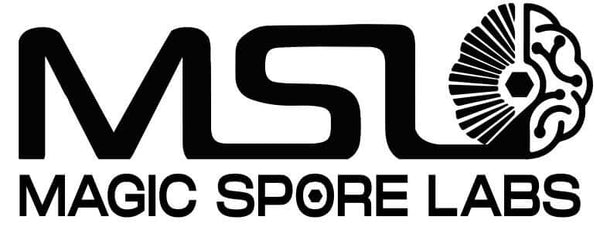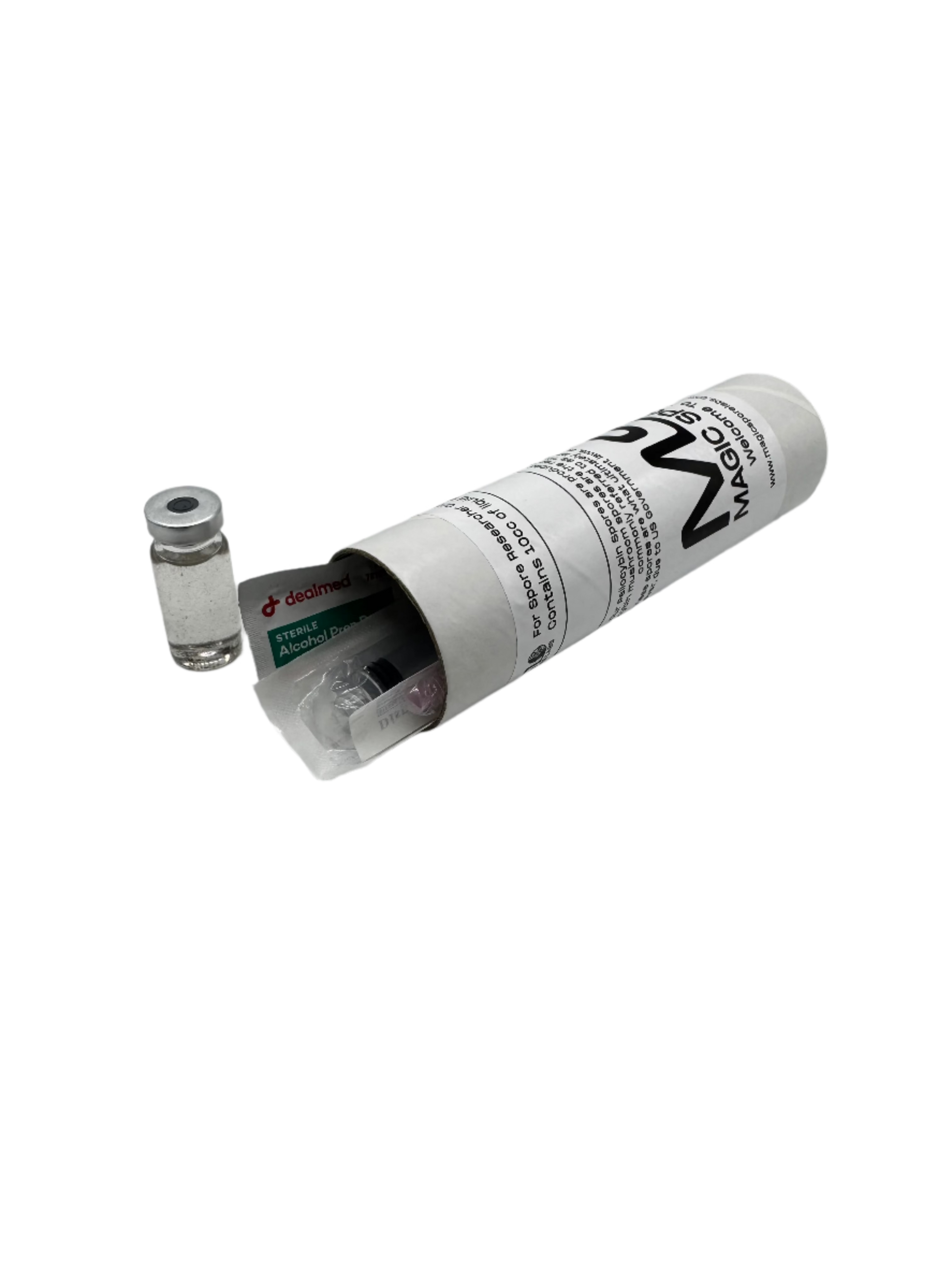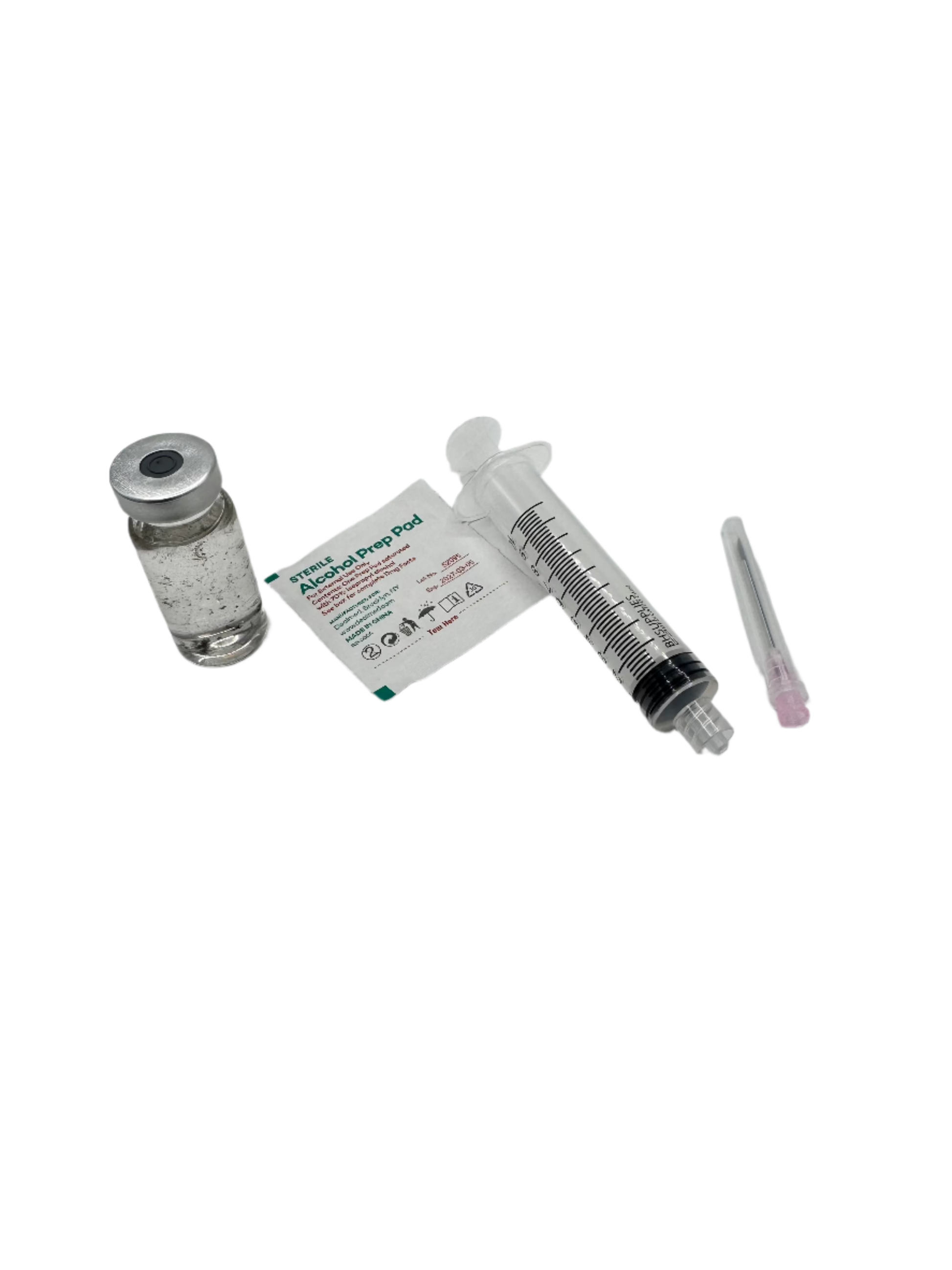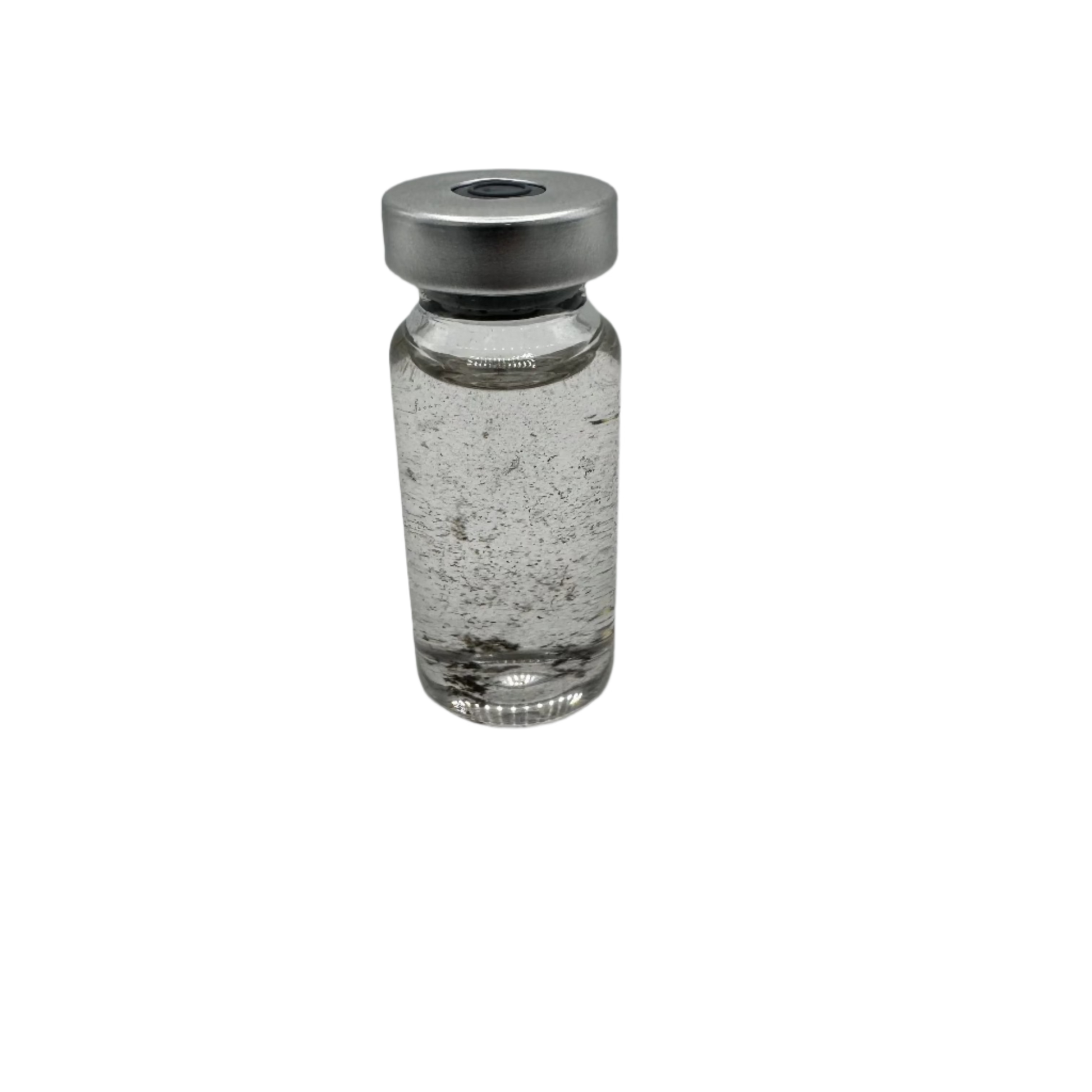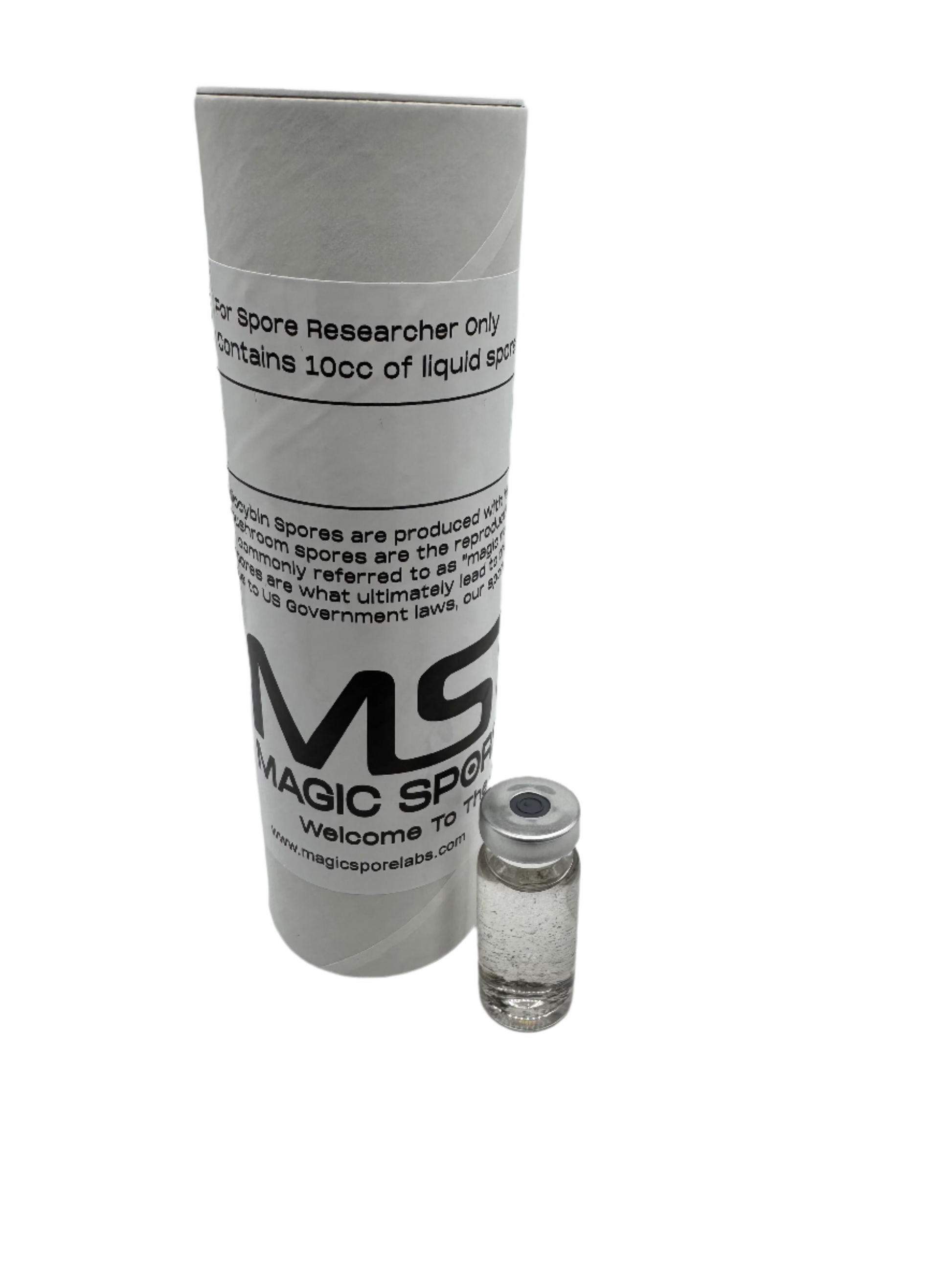Penis Envy Liquid Spores
Penis Envy Liquid Spores
Couldn't load pickup availability





Penis Envy Liquid Spores
Penis Envy Liquid Spores Review
Although its initial release was a mere accident, Penis Envy has become one of the greatest subjects for researchers. While beginners should steer clear, this intermediate to expert-level strain is an interesting species to work with, as it's essentially a fun version of Penis Envy, a classic strain that has gained fame throughout the mycology research community.
What are Penis Envy Liquid Spores? Penis Envy Liquid Spores are spore syringes that contain spores of Psilocybe cubensis mushrooms in a liquid medium. To create a variety that produced more spores, yet maintained the same characteristics of Penis Envy, "RogerRabbit," a significant mycologist in the world of mushrooms, created the Penis Envy strain by breeding "Penis Envy" and "Texas" cubensis. Due to fate, or simply a mere mishap, the strain was accidentally released before being completed, and the printed label read "PE6." While the well-known mycologist shared that the variety was incomplete, Penis Envy has become a perfect strain for research purposes.
If you've gained interest in PE #6 (Penis Envy 6) and want to further explore its obtained traits, benefits, and effects, then we highly recommend our Penis Envy Liquid Spores. It's a fungus with roots tied to two of the most popular varieties and yields incredible results for those who want to learn about it and experience it first-hand.
Features and Specifications
- Psilocybe Cubensis
- Cross of Penis Envy & Texas Cubensis
- Created by "RogerRabbit"
- Penis Envy Strain
- Recommended For Spore Researchers
- Contains 10cc of Penis Envy Liquid Spores
- 1.5" 20 Gauge Sterile Dispensing Needle
Product Includes
- 1 x Penis Envy Liquid Spore 10cc Syringe
Share
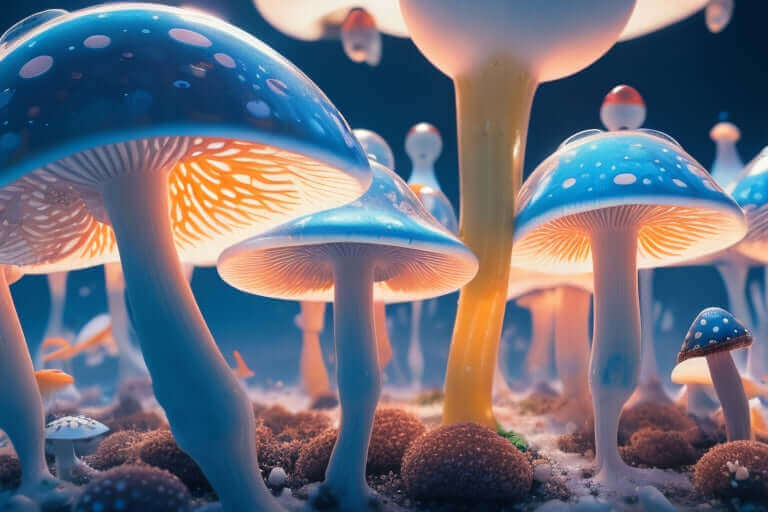
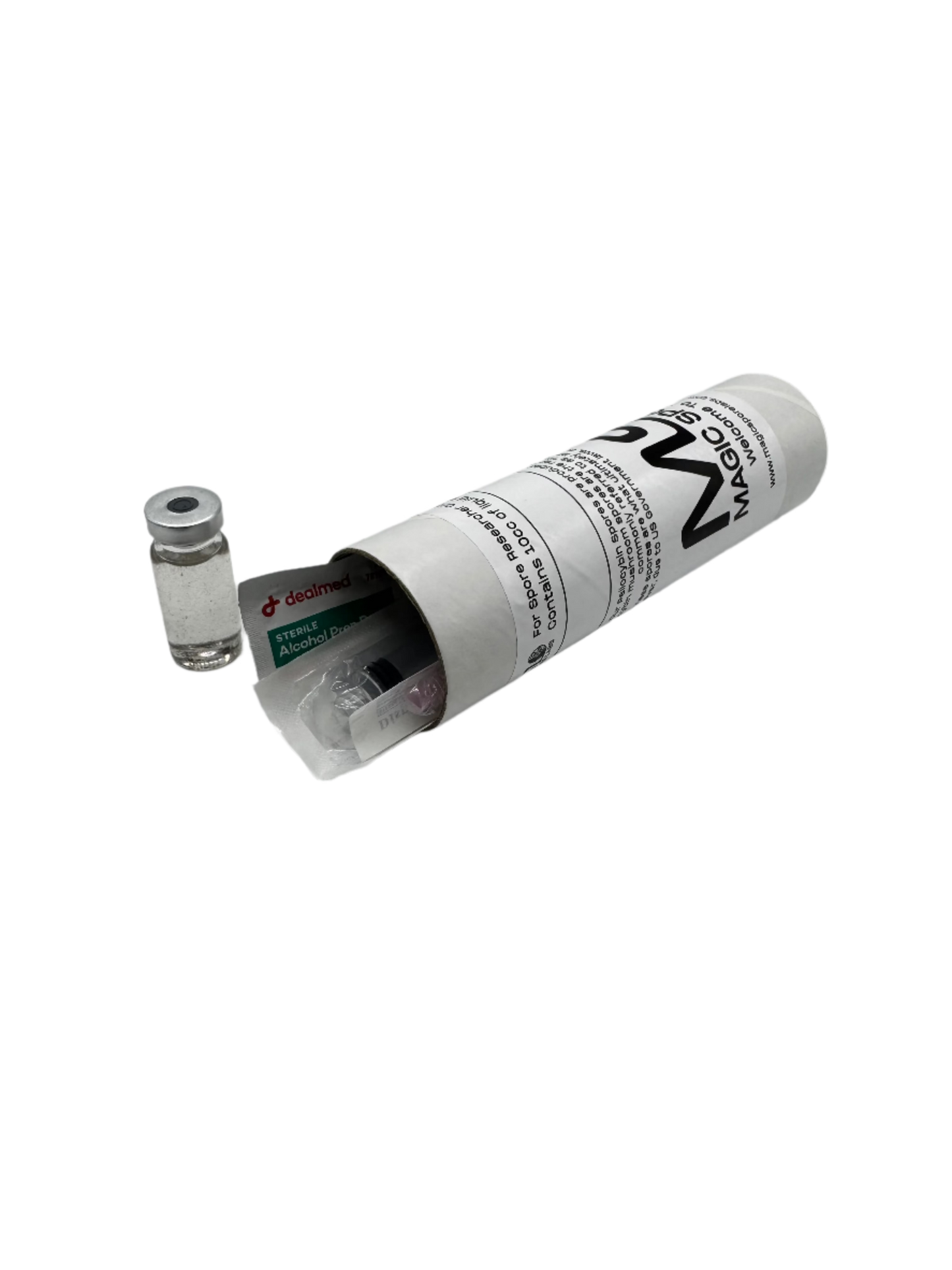

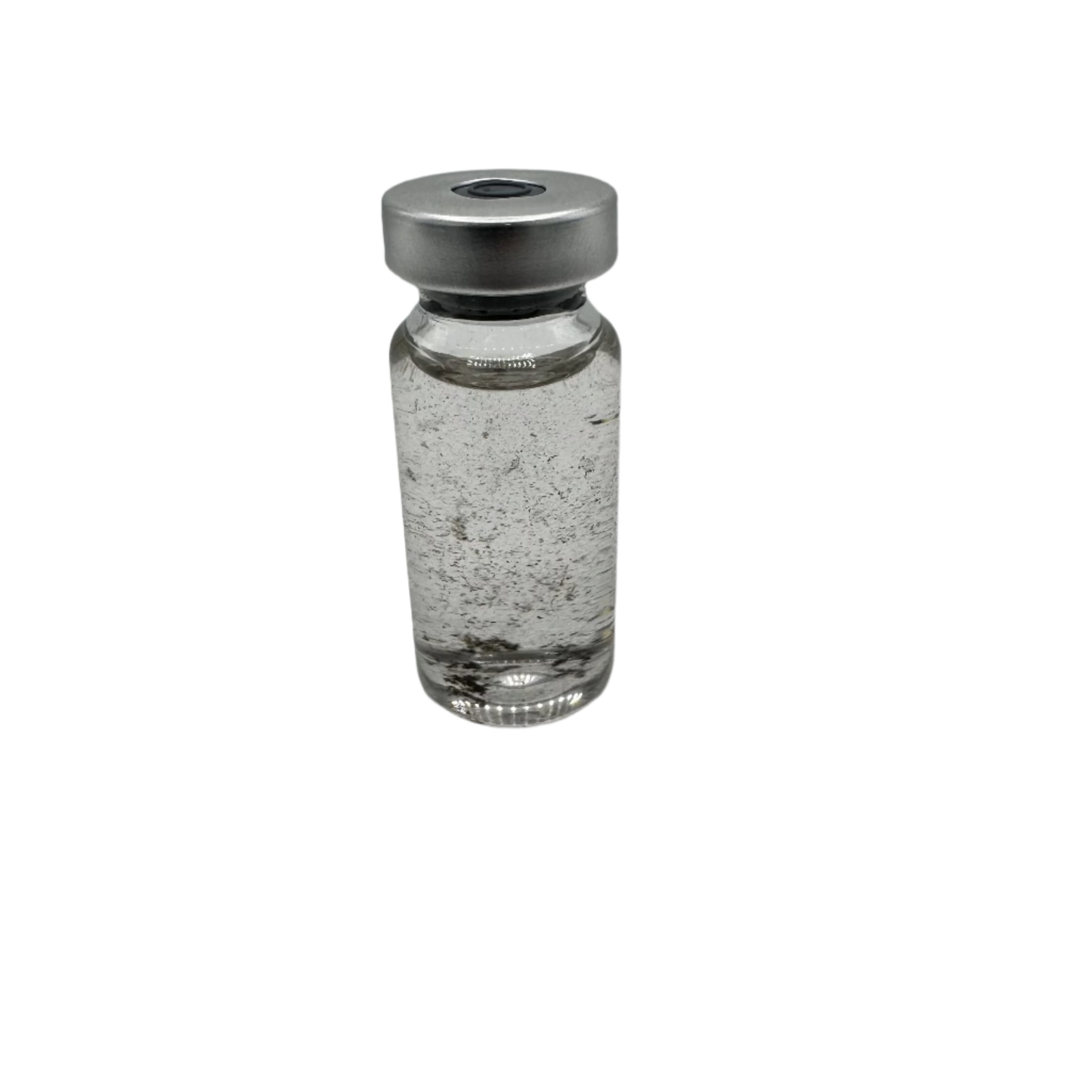
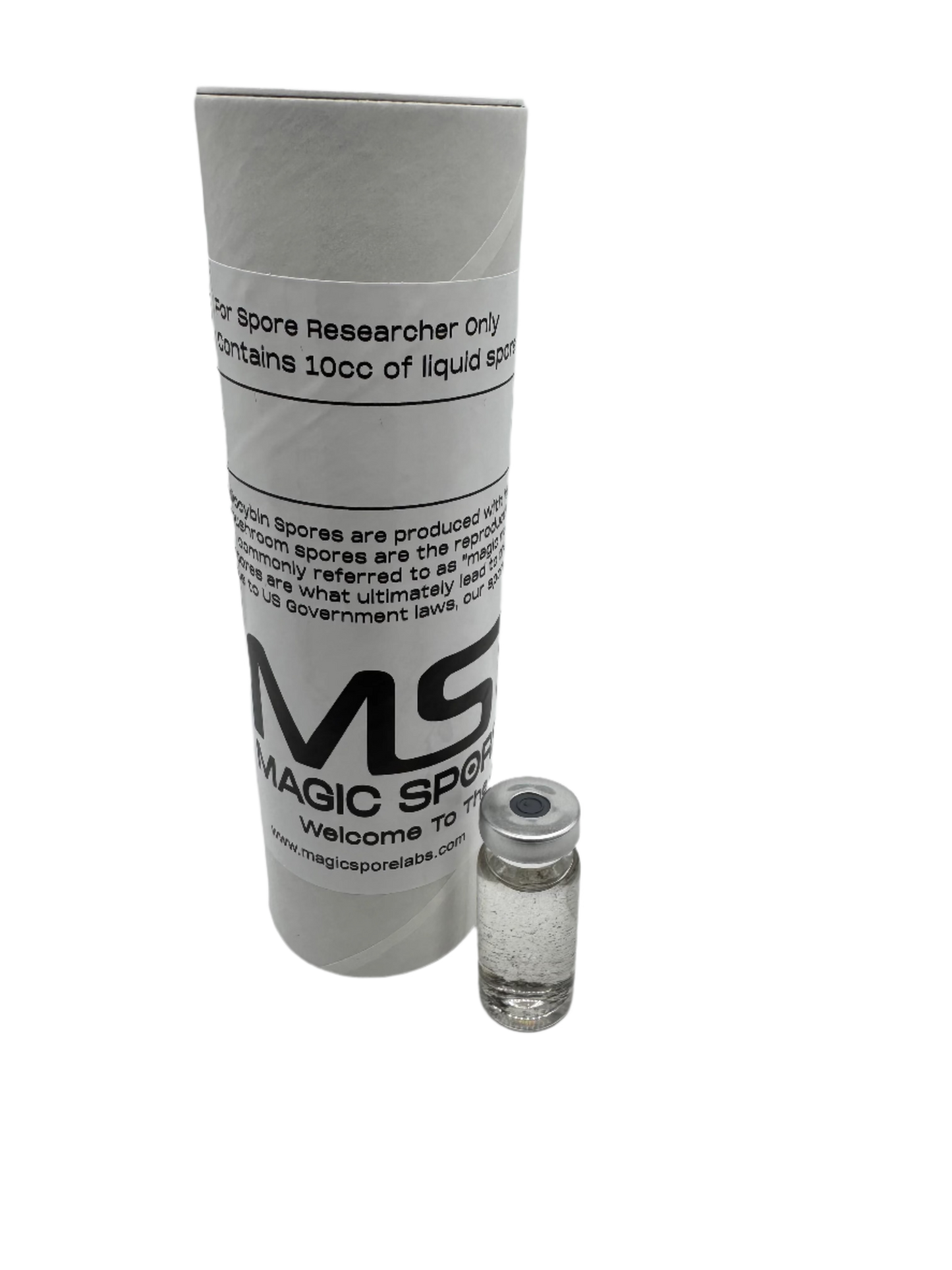
Great, it’s been 14 days and I am seeing a lot of mycelium.
Do know anything till harvest
Looking good, very dense culture
I put the whole syringe in the LC nutrient and I’ve got nothing yet? But the pink buffalo is kicking ass! Big cloud of LC! I’m not giving up hope on the PE quite yet though. Ok I just looked at my jars and the PE finally started to get a little cloud! Maybe a tenth of what the pink buffalo has. But I’ve stuck with the standard sanitary methods as I would for every other strain just had to add some patience!
Awesome sauce!!!
